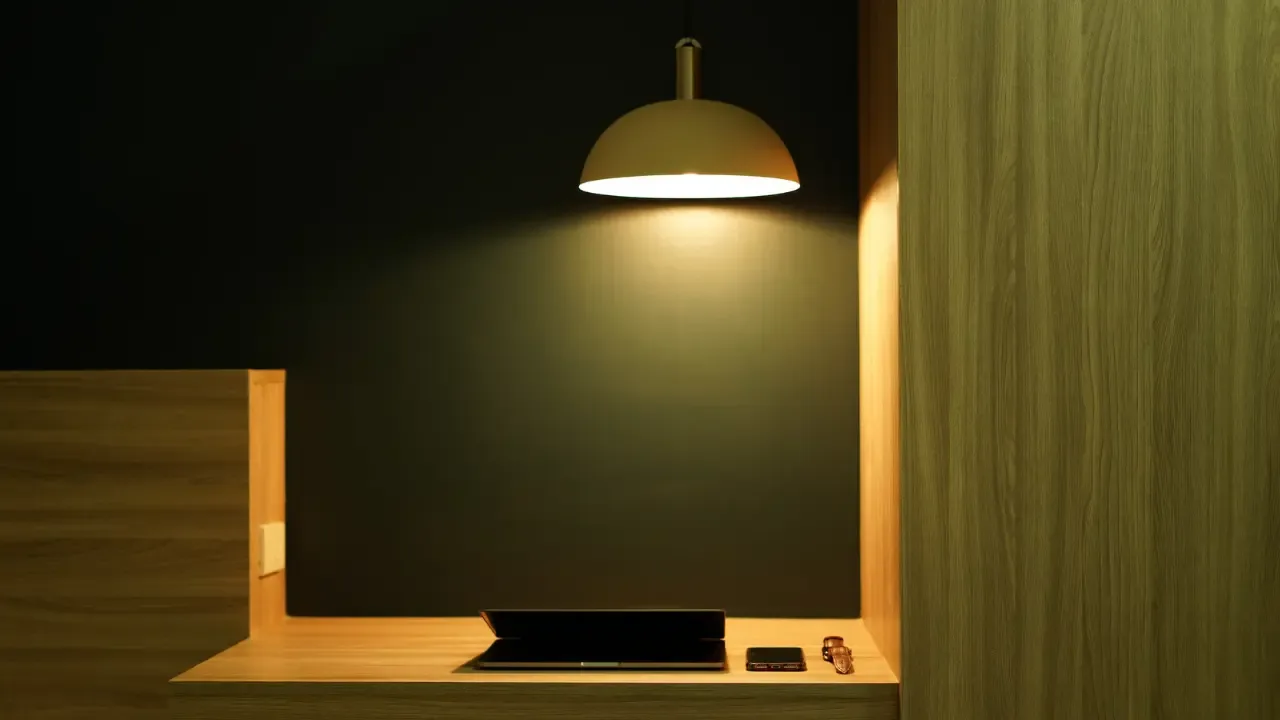Python was not found; run without arguments to install from the Microsoft Store, or disable this shortcut from Settings

🐍💻🔍🚫 You're excited to download a fancy Graphical User Interface (GUI) for your project. But as you type the command to install it, the terminal throws you a curveball with an error message:
"Python was not found; run without arguments to install from the Microsoft Store, or disable this shortcut from Settings > Manage App Execution Aliases."
What's happening? 😱 Don't worry, I've got you covered with an easy solution! 🤗
The Problem
The error message suggests that Python is not installed or cannot be found on your computer. This can happen due to various reasons, such as:
Python is not installed on your system.
Python is installed, but the terminal doesn't recognize it.
The Python installation directory is not added to the system's PATH variable.
The terminal shortcut is configured incorrectly.
The Solution
Let's break down the possible solutions for each of these issues.
1. Python is not installed on your system
To check if Python is installed on your computer, open the terminal (Command Prompt, PowerShell, or any other terminal you prefer) and type:
python --versionIf Python is not installed, you'll see an error similar to "python: command not found." In this case, you need to install Python.
Head over to the official Python website at python.org and download the latest version of Python suitable for your operating system. Follow the installation instructions provided and make sure to add Python to the PATH variable during installation.
After the installation is complete, open the terminal again and recheck the Python version to ensure it's installed correctly.
2. Terminal doesn't recognize Python
If Python is installed but the terminal still doesn't recognize it, it might be due to the incorrect configuration of the system's PATH variable.
To fix this, you need to add the Python installation directory to the PATH variable manually:
Find the installation directory of Python. It is usually located in
C:\Program Files\PythonX.XorC:\PythonX.X, whereX.Xrepresents the version number.Right-click on the "Start" button, and select "System" or "System Properties."
Go to "Advanced system settings" -> "Environment Variables."
Under "System variables," scroll down and find the "Path" variable. Select it and click "Edit."
Click "New" and add the path to the Python installation directory. For example,
C:\PythonX.X.Click "OK" to save the changes.
Now, reopen the terminal and check if the Python version is recognized. If it still doesn't work, try restarting your computer.
3. Terminal shortcut is configured incorrectly
In some cases, the terminal shortcut might be configured incorrectly, leading to the error message you encountered.
To fix this:
Go to "Settings" on your computer.
Look for "Manage App Execution Aliases" (or a similar option, depending on your operating system).
Disable the "python" alias or shortcut if it's enabled.
After making these changes, try running the command again in the terminal, and see if the error message persists.
Call-To-Action
Now that you've got Python up and running, it's time to explore the exciting world of GUI programming! 🚀 Whether you're creating a desktop application or a web interface, Python offers a wide range of powerful libraries and frameworks, such as PyQt, Tkinter, and Django, to unleash your creativity.
Don't let any tech hurdles stand in the way of your coding journey. 🔥 If you have any questions or face any other challenges, feel free to reach out to our community or leave a comment below. We're here to help! 👩💻👨💻
Share this post with your fellow Pythonistas and let them join the GUI revolution! 🙌🌟
Happy coding! 💻😃


